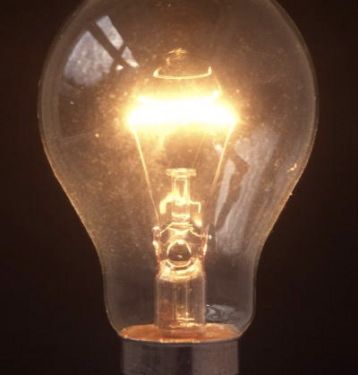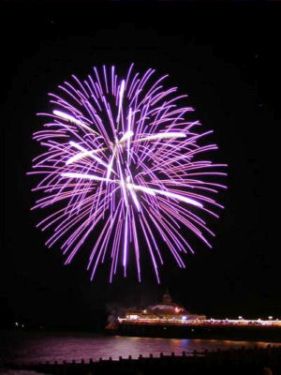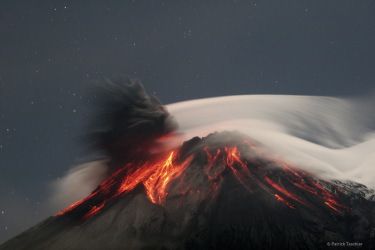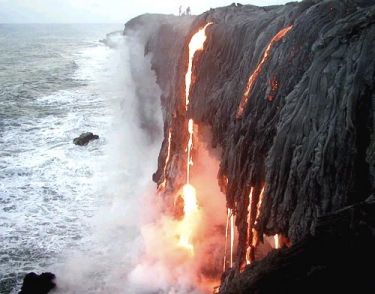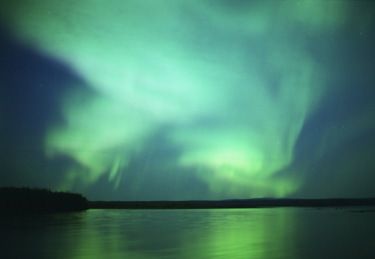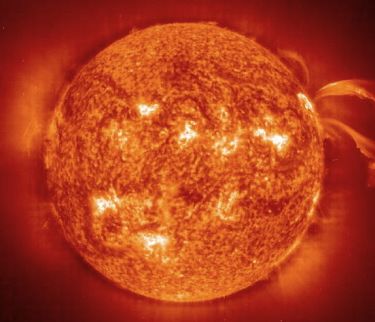A page from the "Causes of Color" exhibit...
Light from electricity, chemical reactions and thermal radiation

Light is made when other forms of energy are converted to electromagnetic energy in the range of the visible spectrum.
Various energy sources emit light. We harness electrical energy to make light in the absence of natural light, heating the filament of light bulbs, using electrons to excite the powders lining fluorescent tubes and using current to switch on LED’s.
Flames are produced through the chemical reaction of burning, making light in the forms of candlelight, firelight and the multi-colored light of fireworks displays.
Hot objects, ranging from molten lava and red-hot iron in a blacksmith’s forge, to the sun itself, glow in a range of colors related to their temperature.
The aurora is a magnificent spectacle of light made as the solar wind collides with the field lines of the earth’s magnetic field, enthralling and disturbing the human observer through the millennia.
The colors of sunlight, hot bodies, flames, lightning, the aurora and electric lighting represent a wide variety of ways in which energy is transformed into visible light to color our world, and so light is made.




